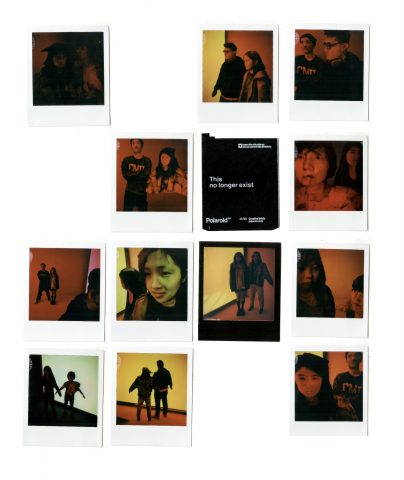
In short, my typology machine generates portraits for two in a virtual environment inside a polaroid photo.
This project was inspired by one of my experimentations with Polaroid Lab: I printed a virtual scene I made in Unity. It turns out to look so real in the frame of polaroids.
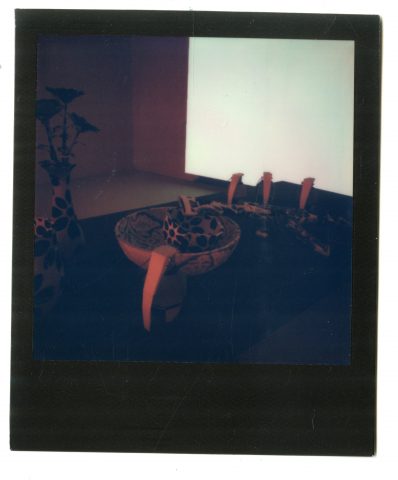
It makes me think about how we sometimes just take for granted that what’s in polaroid is real. And, what does “real” mean in the virtual world?
All these questions brought me to the concept of the uncanny valley:
I want to explore: how we decide if a scene is “real”, what that “realness” means to us, and, what we feel from this realness.
Thus, my typology machine generates portraits for two in a virtual environment inside a polaroid photo.
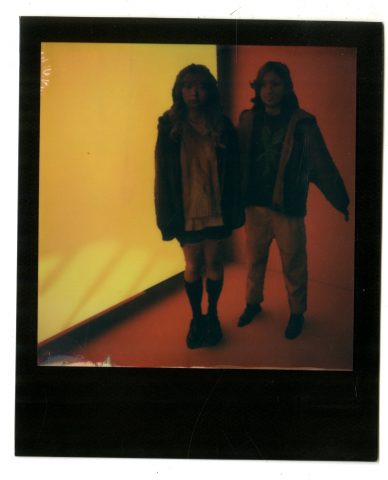
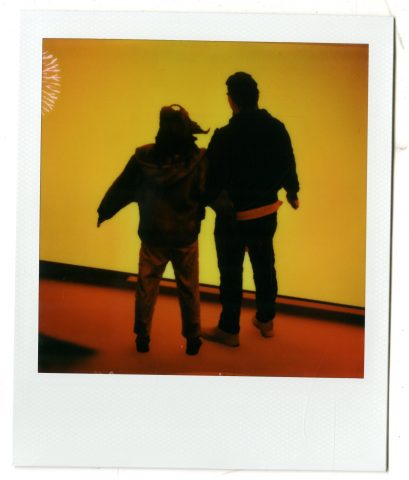
Here’s how my typology machine work:
- Scan real people through photogrammetry
- Trim and Clean them (or not) through mesh lab
- Make them do different postures and motions through Mixamo
- Import them into a virtual scene in Unity
- Take screenshots!
- Print them on Polaroid
What was much more complex than I thought was importing the motion and postures from Mixamo to Unity. Those files cannot be directly imported into Unity and need to be processed. And this is where I really got stuck.
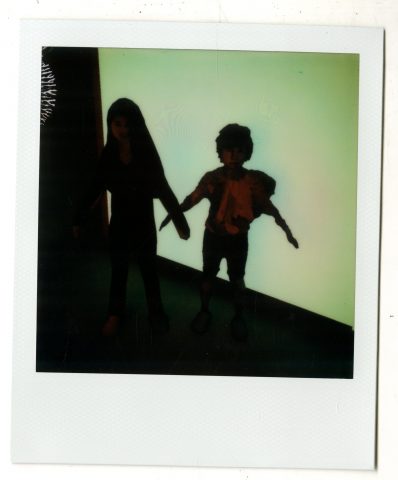
Therefore, I changed my plan: Instead of trying to generate motion and postures through Mixamo, I asked my friends to be in specific postures when I scan them using photogrammetry. Also, I switched from capturing full shots to close-ups.
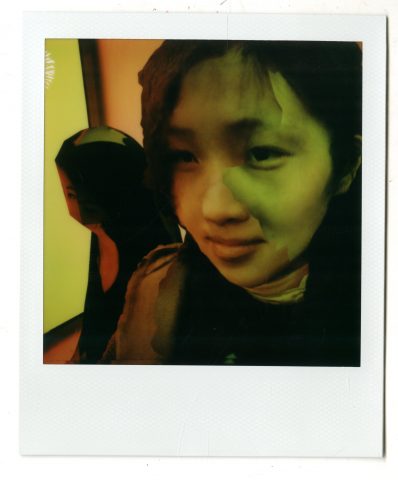
What was easier is that the baked lights in Unity helped a lot to blend the characters into the virtual scenes.
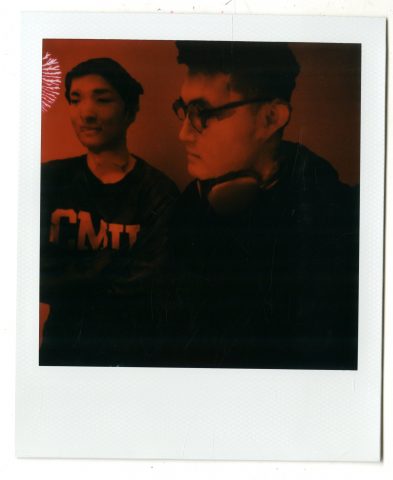
Evaluating my project, I am satisfied that I did feel things from the polaroids: a sense of strangeness, eerieness, detachment, or simply the feeling that something is going wrong.
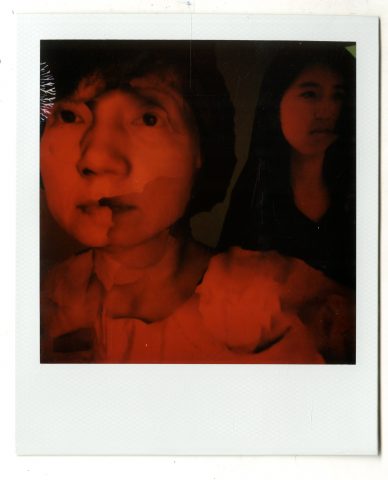
As for future opportunities, I really want to create virtual avatars of myself in mass: to capture different versions of myself, then put them together and make them meet and interact with each other in my virtual space. Moreover, when working on this typology machine, I kept thinking about where exactly my subjects–these virtual avatars– exist: in polaroids, in virtual worlds, in a vacuum, or nowhere. Thus, I want to explore the existence of the virtual self in loops. For example, I will make a polaroid. In the polaroid, there is my virtual avatar holding a virtual polaroid, and in that virtual polaroid is another portrait of my virtual avatar.
More Detailed Polaroids:
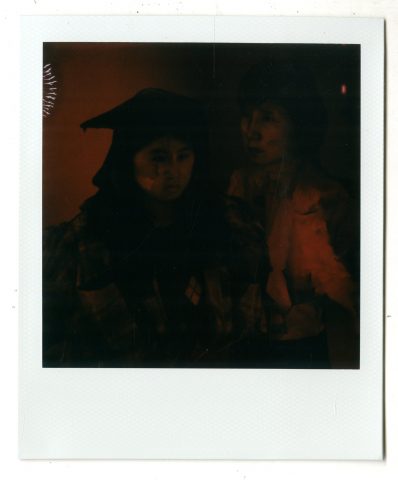
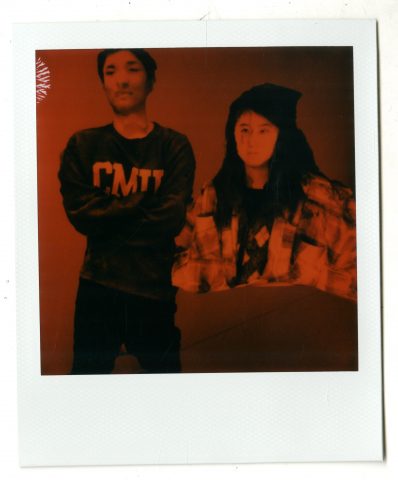
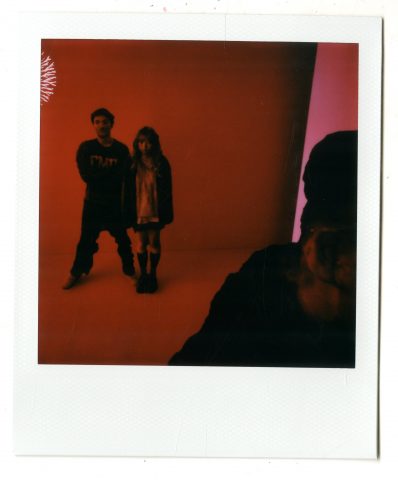
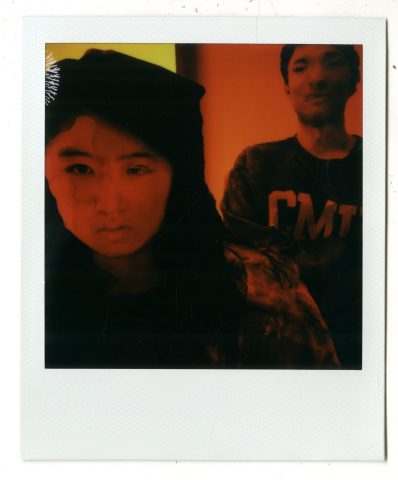
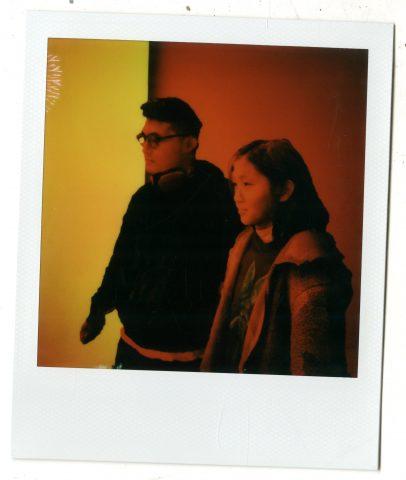
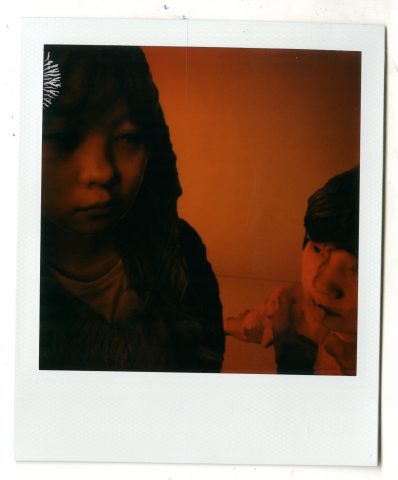
Click here to see the Complete Collection of Polaroid Real+
🫶🏻 Special thanks to: Nica for the amazing inspiration! Golan, Vincent, Cassie, and my discussion groups for the guidance and assistance throughout.
